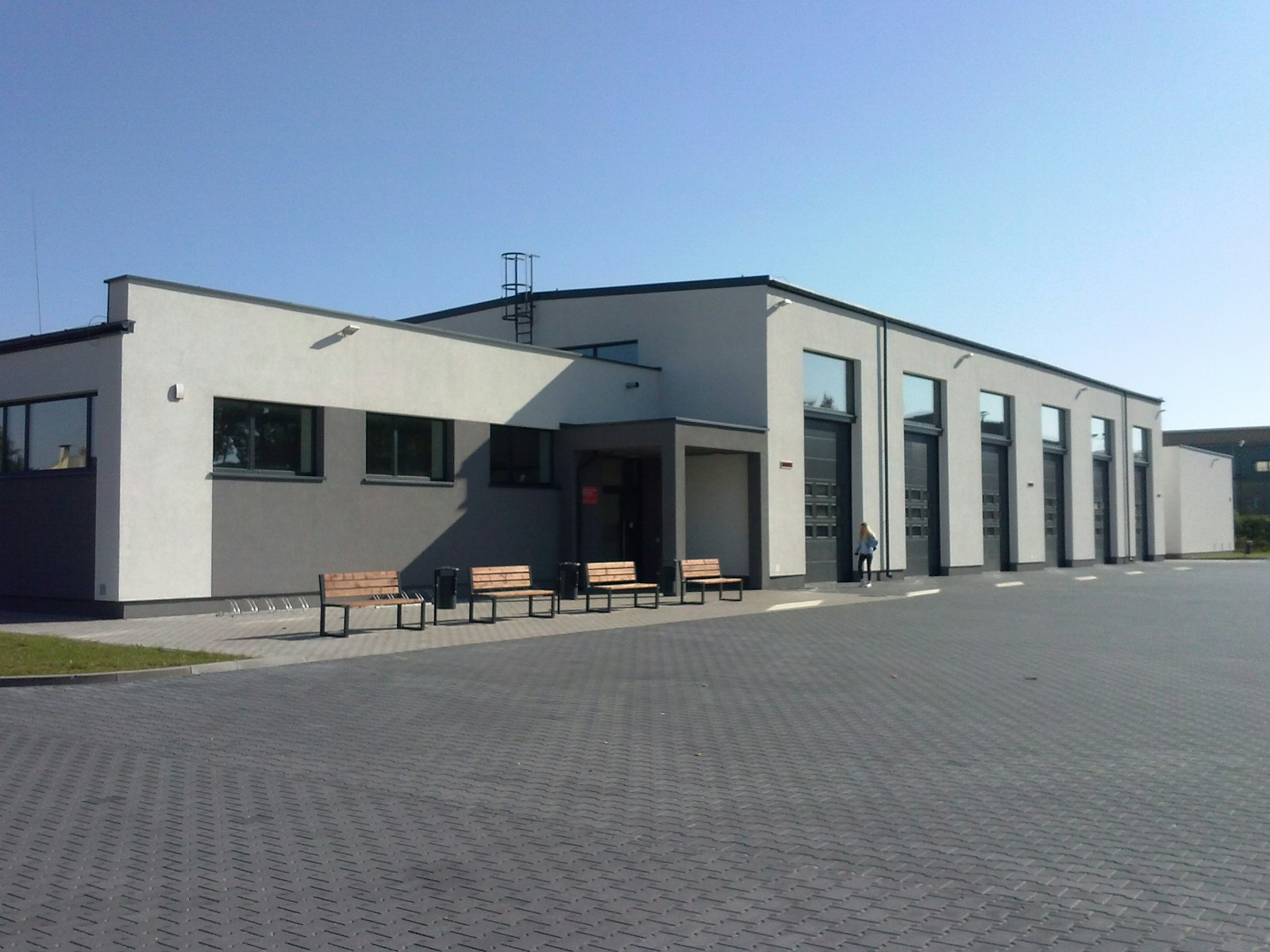
Warehousing Series
1 – Introduction to warehousing in Dubai
Listen, if you’re planning to rent a warehouse in Dubai — just pause for a second and hear me out. I’ve been in your shoes. I’ve done the calls, chased listings that looked perfect — only to get hit by a wave of hidden costs and hard lessons.
This is a vast subject to discuss, and I will try my best to summarise each aspect in very short posts but also be as thorough I can. So please indulge me.
Now you’ve got government taxes at 15–20% depending on the zone — for example, areas like Al Quoz and Ras Al Khor fall under DREC and charge 20%, while DIP, under Dubai Investments, typically charges 15%. Zones like Jebel Ali and DIC also sit around 20%. On top of that, you’ll add 5% VAT, a security deposit between 5–10%, and agency commission that can go up to 10% — and suddenly, your budget starts feeling tight before you even begin.
But even before you look at the inside of a warehouse… you’ve got to pick the right zone. Let’s get into it in Part 2.
2 – Property rents as per location
Here’s the part most people don’t understand — the rent is not just about square footage. It’s about **where** you are and what kind of operations your business needs. Let me share the approximate indicative average rates for the popular industrial zones. You can expect them to change based on the property condition and other factors, but it’s still a good starting point:
– Al Quoz: Is at 30–35 dirhams/sqft. It has central location – great for retail, distribution, or B2B operations. Easy access to Sheikh Zayed and Al Khail roads, but traffic is intense and properties are older.
– DIP: Expect 28–30 dirhams/sqft. One of the best-managed zones. Neat roads, organised layout, good infrastructure, lower municipality tax, and well-suited for growing SMEs. But a bit far off from the city centre.
– Jebel Ali Industrial: You can find for 20–25 dirhams/sqft. Great connectivity to Abu Dhabi and close proximity to JAFZA and the port. Rates are affordable but keep in mind, internal roads can be rough, sandy, and full of potholes. Heavy vehicle congestion is common, which can slow things down if you have frequent in-and-outs.
– Ras Al Khor: Is at 30–32 dirhams/sqft. Good location, close to Downtown, with better rates compared to Al Quoz. Infrastructure is functional but older in some pockets. Very active for automotive and manufacturing businesses.
– DIC: Common to find at 20–24 dirhams/sqft. Ideal for heavy industry and large-scale logistics. Roads are wide, facilities are newer, and connectivity is solid. But its far off from the city center.
– IMPZ (or better known as Dubai Production City): Ideally you can find at 22–26 dirhams/sqft. Primarily suited for light industry, media production, and warehousing. A good option for niche businesses. But once again, expect a long drive to get there.
So yeah — don’t just go for what’s cheap. Go for what works *long term*.
But once you find the zone… now comes the part where you need to really focus on what’s inside. And trust me, Part 3 is where most people go wrong.
3 – Checklist inside the property
You’ve found a good location with a decent rate — now it’s time to step inside. Here’s where things can quickly fall apart if you’re not careful. First, check if the warehouse has 24/7 panel access and whether it’s approved by the Civil Defense, and any additions to the original property have Municipality approvals and work permits. Is there an AMC in place for the 24/7 panel and fire extinguishers? Then look at the structure — is there a built-in office, toilet, or pantry? It may sound basic but having them ready saves you weeks of setup time and unexpected costs. Now Look up — is the ceiling high enough? Low ceilings trap heat and you’re A/C bills will skyrocket in summer, especially if keeping a cool temperature is important for your operations and storage. Also don’t skip the insulation, sprinkler system, and lighting. Check how many light panels are installed and if there is sufficient natural light coming in during the day. These may seem small, but when you’re running daily operations, they can either make your life smooth or extremely stressful. Oh yeah, before I stop here; Ask the Landlord’s office for the **Affection Plan and Key Plan**, and make sure the property is correctly registered with the Land Department.
You see the response from the Landlord’s office for this request will also give you a good idea about the kind of people you will be dealing with for a long time to come.
I have more about them in Part 4, so buckle up.
4 – Landlord’s office
Alright, let’s get into one of the most overlooked — but absolutely critical parts of renting a warehouse: the landlord’s office. See, the real estate agent and the landlord’s sales guy in the leasing department? They are just the front — polite, professional, promising you the world. But once you sign the papers, now you’re dealing with the real decision-makers: the landlord’s operations and accounts teams. If you’re planning to build a mezzanine or install extra facilities, find out if the operations will support you with the permits. Most importantly — meet the accounts team. These are the people handling your payments, cheques, and emergencies. If they’re already stiff and cold at the start, it’s a sign of trouble ahead when you really need help, especially when you need some more time beyond the rent due date. Visit a few of their other properties, talk to current tenants, and get the truth about what it’s like to deal with them.
Just a side-note before we move on: Now searching for a warehouse and making sure everything is covered is not your job and specialization. My recommendation to you is to hire a neutral third-party consultant/agent who will ensure the property is good in all aspects, meets your requirements, and handover goes as per plan, and most importantly is not incentivised with renting you the property for a commission.
You might think the hard part is over once you’ve found a decent unit — but the environment around it can flip the script. Roads, neighbours, and even the watchman can make or break your day-to-day. That’s up next in Part 5.
5 – Checklist outside the property
So, you’ve locked in on the warehouse. Looks good on the inside, checks most of the boxes — but now, take a look outside. What do the roads look like? Are they paved or are you driving through a minefield of potholes and sand? Is it a standalone unit or part of a gated compound? Does the flooring slope properly to prevent flooding during rainstorms or pipe leaks? And what about network signal? If it’s bad, you’re going to be stuck with installing landline internet as against a cheaper SIM card router— and trust me, that’s an unnecessary expense.
Now here’s something most people skip: check for public transport options nearby. Especially if your staff doesn’t drive. And if they do, then what about the parking arrangements? This can make a huge difference for them.
The type of neighbours you end up with can seriously shape your daily experience. Got a loud, dusty workshop next door? Or maybe a garage that tunes high-performance engines all day — those revs will drive you (and your clients) crazy. Planning on food handling or cold storage? Then pest control, drainage, and a clean environment aren’t just nice-to-haves — they’re non-negotiables.
And let’s not forget the watchman. This guy is your first line of defence, your emergency contact, your unsung hero. He’s the one who’ll keep an eye out when you’re not around, help with receiving deliveries, manage vendors, give you insider information from the landlord’s office, gossip about the neighbours, help arrange for technical support — and if he likes you, he’ll go the extra mile.
So now you’ve ticked off the checklist, but don’t rush to sign just yet. There are a few final moves that could save you thousands. That’s Part 6.
6 – Final points before moving in
Alright, you’ve made it this far — you’ve done the groundwork, you’ve narrowed your options, and you’re almost ready to sign. But before you do, let me give you a few final pieces of advice. These are the things I wish someone had told me before I started.
First — always check for rodent and cockroach activity. Sounds silly? It’s not. If you’re going to store food, electronics, or run an office inside, even a small pest infestation can ruin your operations and reputation. So it makes a lot of sense to check how and where the community garbage is being collected and disposed.
Second — make sure you get both your **Ejari certificate** and the **tax invoice**. The Ejari makes your lease official and will be added as the location on your trade license, and the tax invoice helps you recover your VAT.
Third — The first 2 things that Real Estate agents and landlords will ask for is type of activity and trade license copy before taking you seriously. If you don’t have a license yet, and if you’re still finalizing your company setup, even an initial approval and trade name certificate will be sufficient to start the search process.
Next — if you’re agreeing to any renovations or fixes by the landlord before move-in, pay them a very minimal advance to lock the property at the asking rate, nothing more. Do **not** pay the agency commission until the work is completed to your satisfaction. This is your only leverage because the real estate agent will be on your team and follow up with the landlord to ensure the work is completed as per promised timelines. And remember — rent payments are made using post-dated cheques. If your company bank account isn’t ready, offer personal cheques and replace them later. Most landlords are okay with that.
Also — look around the warehouse and check what’s missing. Does it have enough power for your operations? Do you need three-phase electricity? Do you need a mezzanine floor? Are the fire exits clearly marked? Are the toilets clean and usable? Is the water pressure strong? Do you need to add a pantry? And most importantly — will the landlord help you get approvals for these upgrades?
Finally, build your vendor list early — trusted electricians, rack installers, painters, contractors. Don’t wait until the last moment.
I know this sounds like a lot. But once you move in, moving out is a nightmare — and way more expensive than being prepared from the start.
If you found this series helpful, share it with someone who you know planning a move. And remember — when it comes to warehouses in Dubai, it’s not just about space and rent.


